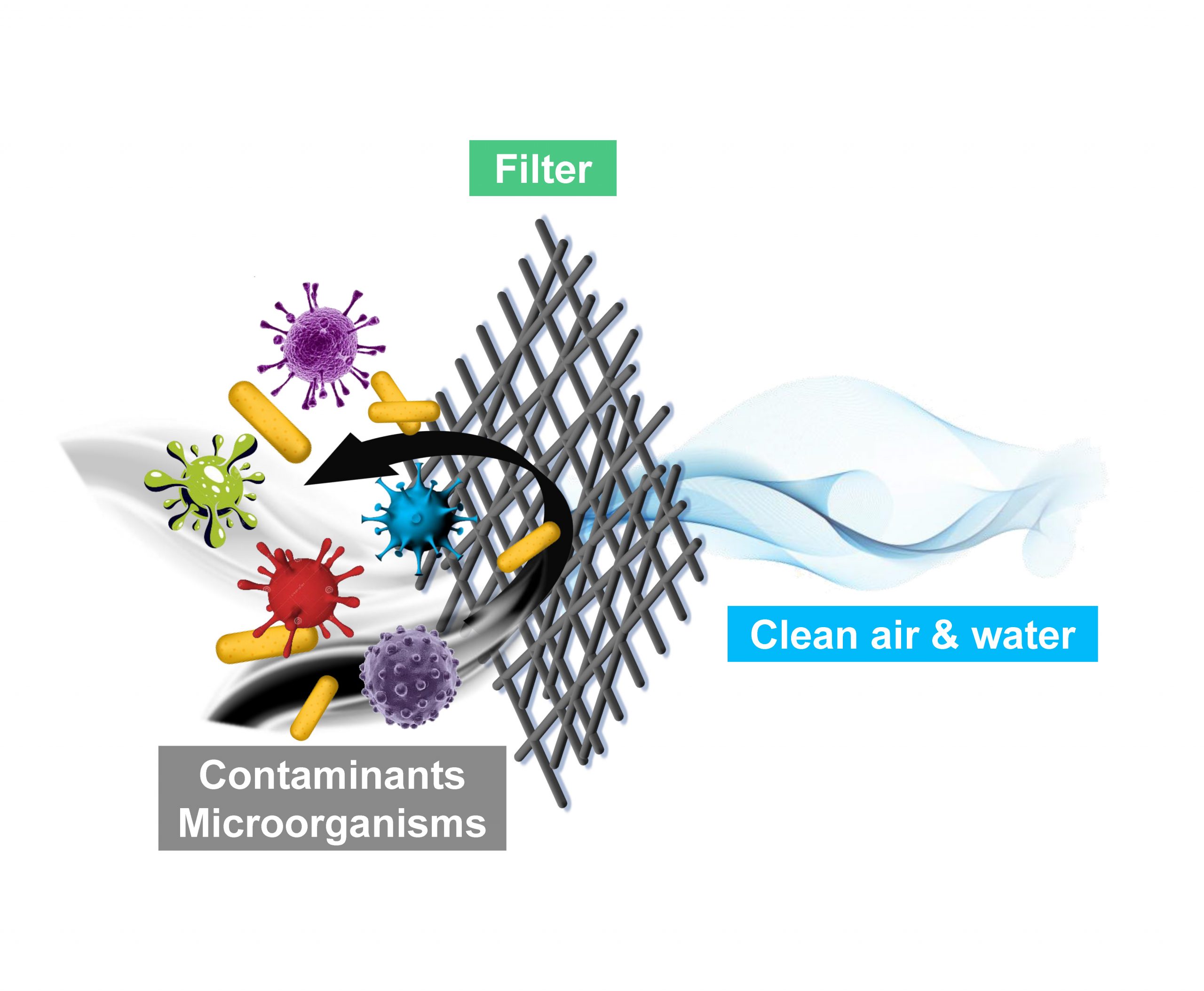
Biofilm Inhibition in Oral Pathogens by Nanodiamonds
Complex microbial communities, e.g., biofilms residing in our oral cavity, have recognized clinical significance, as they are typically the main cause for infections. Diamond nanoparticles, namely, nanodiamonds (NDs) have been demonstrated to work as an effective antibacterial agent against planktonic cells (free-floating state) due to their many promising physico-chemical properties. However, little is known about the behaviors of NDs against biofilms (sessile state).












